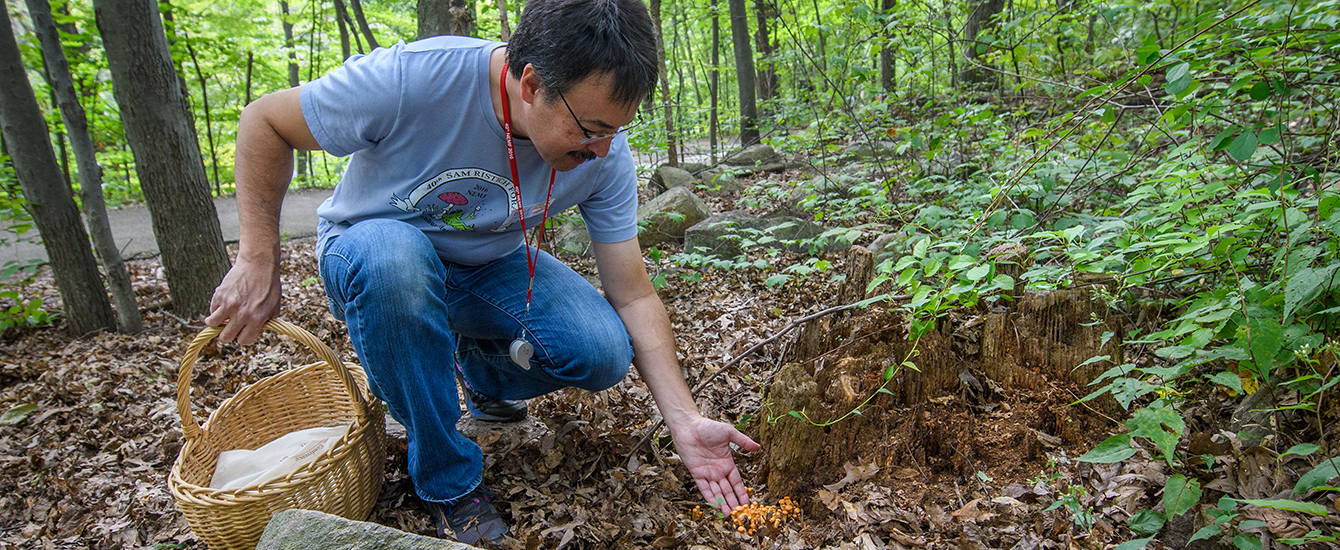Biology
Phylogeny and biogeography of Lentinula inferred from an expanded rDNA dataset
Abstract
Phylogeny and biogeography of Lentinula, which includes cultivated shiitake mushrooms, were investigated using parsimony analyses of an expanded nuclear ribosomal DNA dataset. Lentinula occurs in the New World as well as Asia and Australasia. The Asian-Australasian Lentinula populations appear to form a clade, but species limits within this group are controversial. We refer to the entire Asian-Australasian Lentinula clade as shiitake. Thirty-seven wild-collected isolates of shiitake were examined, representing Australia, Borneo, China, Japan, Korea, Nepal, New Zealand, Papua New Guinea (PNG), Tasmania and Thailand. Five isolates of the New World species, L. boryana, were included for rooting purposes. Levels of sequence divergence between North and Central American L. boryana isolates are higher than those between the most divergent shiitake isolates. In shiitake, five independent lineages of rDNA were identified, which we call groups I-V, but relationships among these lineages are not well resolved. Group I includes populations from northeast Asia to the South Pacific. Group II includes populations from PNG, Australia and Tasmania. Group III is limited to New Zealand. Group IV is from PNG. Finally, group V is from eastern China and Nepal. The distribution of rDNA lineages suggests a complex biogeographic history. Although many areas remain unsampled, our results suggest that certain areas have particularly high levels of diversity and should be targeted for further study and conservation.



